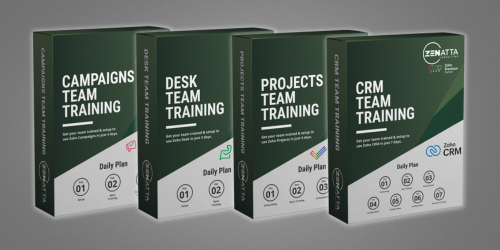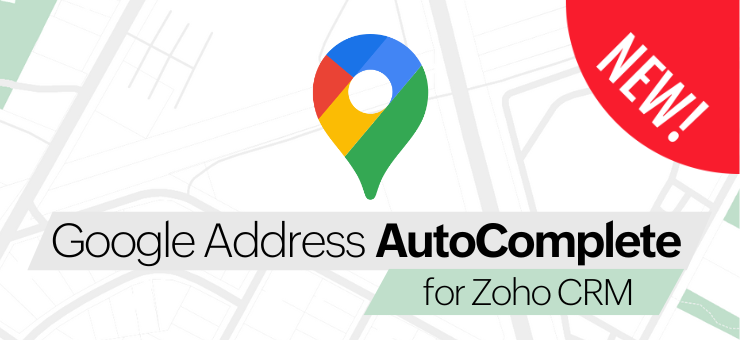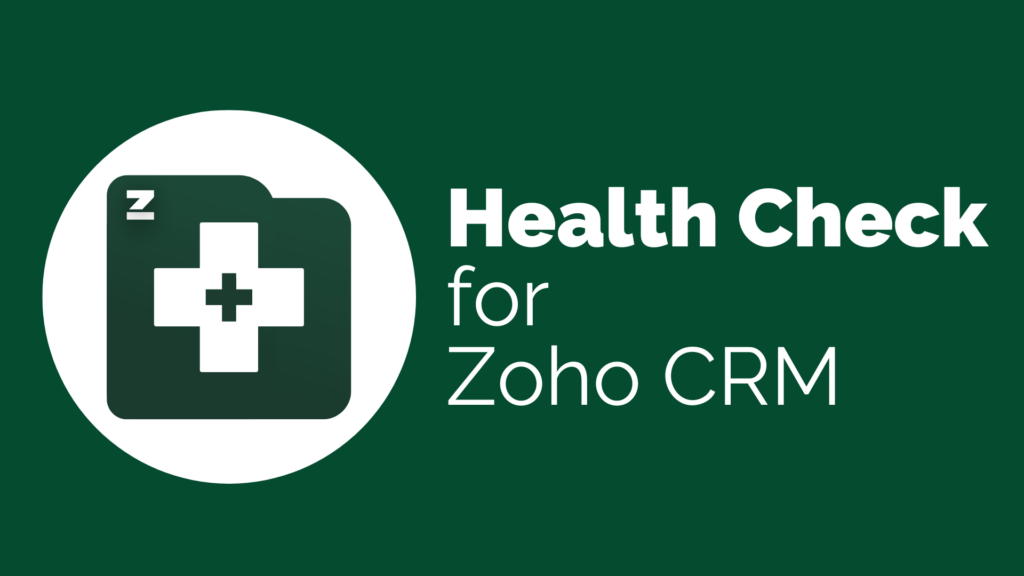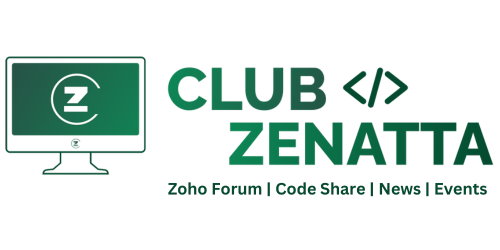
Knowing how to manage and organize a project comes with understanding your personal project management style. While many project managers will start with whatever comes naturally to them, it’s essential to recognize the strengths and weaknesses of the different styles. Each project management style comes with its own set of pros and cons. It’s best to see what fits not only your project but also all the team members helping to execute the project.
The Main Styles
There are a lot of different project management styles and techniques. We will give an overview of each of the 6 most common styles used. While you might resonate with one or a few of these, keep in mind that the way a project is managed will affect the entire team as well. Some industries will naturally fall into one of these styles better than others. It all comes down to the specific project and how you can best align with the end result.
- Waterfall
- Strategic
- Agile
- Scrum
- Lean
- Kanban
Waterfall
If a sequential list if your forte, then the Waterfall project management style is for you. Just like a Waterfall, this style has a project flow from the top down. The first task must be completed before moving on to the next. The Waterfall style is very traditional in the sense of hitting deadlines and not continuing to the next phase until the one before it is finished. While it is a more strict style, it’s best for keeping people on track and moving in a timely fashion.
Great For
- Projects that have a linear trajectory
- Time-restricted projects with hard deadlines
- Pre-determined milestones and goals
- Works in many industries
Not Good For
- Industries with constant changes
- Editing throughout the process
- Projects that require testing or feedback

Strategic
A Strategic project management style is, you guessed it, strategy based. This style takes into consideration the company’s unique strategy and goals. Helping them align their projects with important strategic factors like overall objectives, resources, budget, timeframes, and feedback. However, this style is normally paired with another project management method in order to keep on track and be better organized. Using the Strategic method on its own is usually too broad and doesn’t define what the specifics of the project entail.
Great For
- Aligning with the company’s overall strategy
- Efficiency focused
- Cost restrictive projects
- Collaboration and feedback
Not Good For
- Quick timelines
- Being used as a solo management style
- Very detailed-oriented projects
Agile
If you have a project that needs constant changes, the Agile project management style is just for you. With ultimate flexibility, the Agile style rolls through a cycle of phases until completed. This cycle consists of Discover, Plan, Design, Develop, Release, and Edit repeating as necessary. The project can be broken down into smaller chunks that all get worked on at the same time. As things change, the project is able to adapt and move with the needed edits. Using this method, you don’t have to wait until it’s all figured out, you figure things out as you go.
Great For
- Quick changes and flexibility
- Collaborative teamwork
- Industries with constant advancements
- Fast turn around
Not Good For
- Pre-determined outcomes and predictability
- Hard deadline projects
- Strict budgets
Scrum
The Scrum project management style is a more detailed version of the Agile method. There are more defined objectives laid out in each phase of the project, or sprint as it’s called in this style. The sprints focus on one section of the project at a time and use the same cycle as the Agile style. In Scrum specifically, the entire team working on the project meets very often, most times daily so that everyone is on the same page and prepared to get through the current sprint.
Great For
- Small teams with a focus on collaboration
- Quick changes and flexibility
- Clear objectives not set to one specific outcome
- Short turn-around times
Not Good For
- Large teams that don’t have the ability to meet often
- Tight budgets
- Predictable outcomes
Lean
Efficiency, efficiency, efficiency. The Lean project management style makes efficiency the top priority. The main objective of this style is to get rid of any unnecessary waste. Focusing on what will bring the best results with the least amount of resources. Projects are broken into steps that are completed one at a time and evaluated before moving on. Improvements made through each step of the project make the overall outcome more efficient.
Great For
- Limited resources
- Manufacturing industries
- Quality focused projects
- Continuous improvement
Not Good For
- Efficiency can cause burnout amongst employees if overdone
- Experimentation using many resources
- Longer term goals
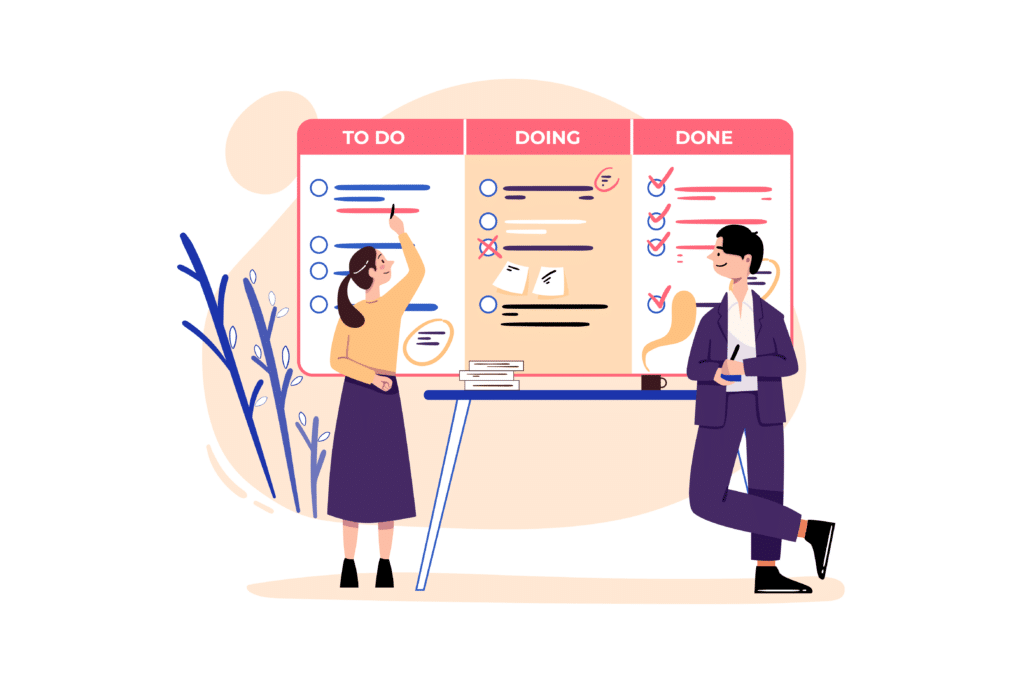
Kanban
Taking aspects from Agile and Lean, Kanban project management focuses on visualizing the workflow of the project. Kanban focuses on a continuous flow of work by tracking each step of the way. Using a Kanban board, project tasks are on display in a visualization for everyone on the team to use as a reference.
Great For
- Teams with great communication
- Projects with frequent changes and input
- Fast, efficient results
- Software and tech industries
Not Good For
- Complex projects
- Hard deadlines
- Continuous features added to the project
Which Fits You?
Now that you have an understanding of how the different project management styles work, how do you decide which one will work for your project? Each one of these styles has a best fit in specific industries or general project types. It’s common that you may choose to combine a few styles to get the best results. Ask yourself the following questions and refer back to the style descriptions to see which will best fit your project!
- What is the timeline/deadline of the project?
- Are you restricted with your resources?
- How large is the project team/what is the communication like among team members?
- Is this a short-term or long-term project?
- Are you able to make changes along the way or is there a set course of action to be adhered to?
Recommended Project Management Tools
Get organized in your project management style by choosing the right tool to aid the process. Zoho Projects is a best-in-class project management tool that aims to keep you organized and on top of your large projects. This tool is best for Waterfall, Strategic, and Lean styles. Zoho Sprints works great for any project that needs to be broken down into smaller phases. Best used for Agile, Scrum, and Kanban styles with the ability to make quick changes throughout the project.




